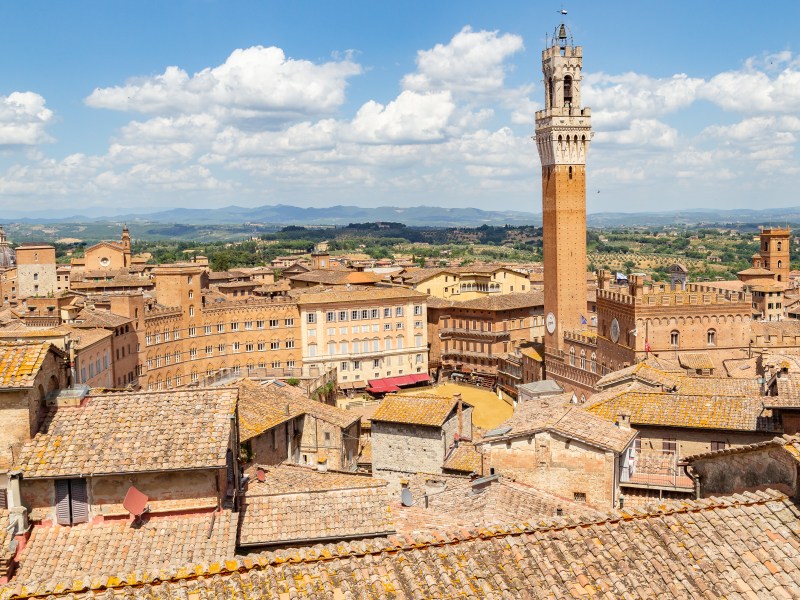Select a Region to Explore in Detail
Republic of Siena
Siena was the great rival of Florence in both politics and art. Its artists were more conservative than the Florentine Schools, but the city was just as ambitious. Through competent governance, Siena established itself as the main rival to the Medici Family. Today, the region retains its remarkable medieval urban architecture in Siena and the many towns that once defined the Republic.
Republic of Florence
Florence counts among the undisputed centers of the European Renaissance. Its cityscape inspires with its resplendent palaces and soaring churches designed by some of the most famous artists in history. While Florance has earned its reputation as a tourist colony, its incredible artistic heritage and unmatched level of preservation make it a worthy destination for everyone.
Republic of Lucca
Lucca is the only Tuscan Republic to have retained its civic traditions from the Middle Ages to the unified Italian state. Through a combination of shrewd political alliances, the city-state secured the strategic Serchio Valley and built a prosperous realm independent of Florence. Today visitors can witness the earliest monuments of Lucca’s prosperity and the walls that defended it.
Duchy of Massa and Carrara
The Dukes of Massa and Carrara owed their independence to the Holy Roman Emperor, who protected them, and the legendary marble quarries that provided for them. The marble of Carrara formed the foundation of the Roman Empire and later the Tuscan Renaissance and is evident across the region.
Republic of Pisa
Pisa is the only city in Tuscany with an unbroken urban tradition dating back to Roman times. Once much closer to the coast, Pisa built a maritime empire that stretched across the Tuscan Coast and the Mediterranean. Today it is a predominantly agricultural region, full of picturesque villages scattered in the fertile plains between the mountains and the rugged coast.







